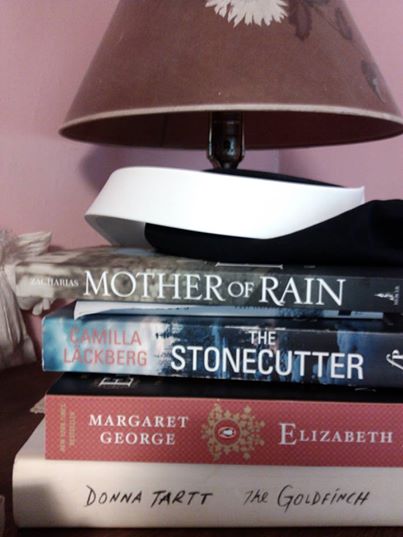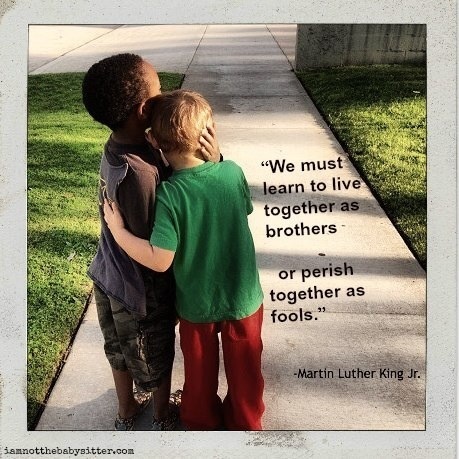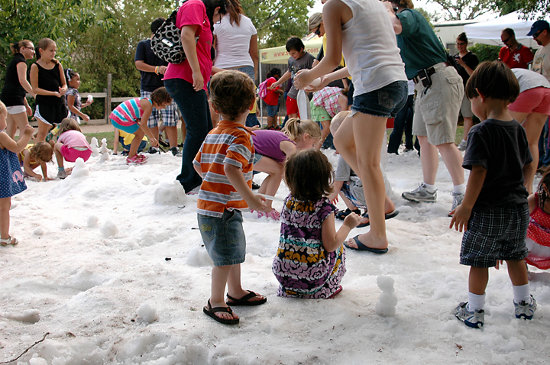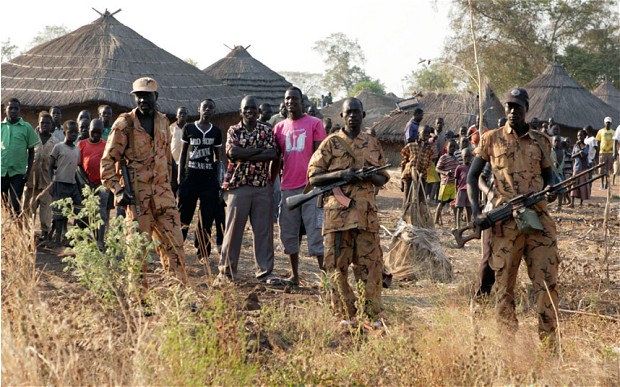 I sat in my car and cried after watching the movie The Help, right there in the middle of a blazing hot afternoon, in front of God and nobody. It wasn’t a sniffling, weepy cry but a full-blown bawl. The kind that blinds a person. I couldn’t drive home. I just had to sit there and wait for the gale of grief to pass over me.
I sat in my car and cried after watching the movie The Help, right there in the middle of a blazing hot afternoon, in front of God and nobody. It wasn’t a sniffling, weepy cry but a full-blown bawl. The kind that blinds a person. I couldn’t drive home. I just had to sit there and wait for the gale of grief to pass over me.
It took awhile. I’m not sure I know all the reasons for those tears, but the one I recognize best is Thelma. I have often thought of Thelma over the years. Every time I change the sheets, I remember the day that she stood at the foot of my mama’s bed and told me how to fold the sheet up underneath the mattress just so – a hospital corner, she called it.
Thelma came to work for our family in what was assuredly one of the most horrific years of all of our lives – the year after Daddy died in Vietnam. In 1967, Mama returned to school and got a job as a nurse’s aide. Thelma took care of us three kids while Mama was gone off working.
Our living conditions were a helluva long ways off from those of Hilly Holbrook or the other white women depicted in The Help. Sure, we argued over the bathroom in the 12 x 60, but not because we didn’t want the help using it, but because it was the only bathroom in that trailer and when you gots to go, you gots to go.
Thelma was the only person I knew who was poorer than us. Mama paid her $5 a day to clean, cook and look after us. The going rate for domestic help. Thelma lived in a house with siding made from asphalt roofing. We were never allowed to get out of the car in Thelma’s neighborhood.
The most disturbing part of all my memories of growing up in the segregated South is how little attention I paid to the discordant rhythms of that life. I attended Tillinghurst Elementary, which was directly across the railroad tracks from the Projects. Yet, never once did it seem odd to me that there wasn’t a black kid in my classroom, or in the entire school. That disturbs me now, of course, realizing that as a young girl I never raised the question of “What about the black kids?” I never asked Thelma where her boy went to school. We never spoke of her family at all.
She taught me how to fry chicken, peppered and salted and goldened just so, and how to make baloney with melted cheese sandwiches under the oven broiler. She taught me how to iron a crease in a pair of pants and how to separate the whites from the darks when doing laundry – something I was already subconsciously doing in my everyday life.
 Thelma insisted on manners and kindness and, even though she never said, I know she must have prayed for us. I could tell by the way she loved on us kids that she felt bad about our daddy. Everybody felt so bad about daddy that nobody ever talked about him. We just hung that big oil painting of him in his Army suit on the trailer house wall and went around pretending for years that having a war hero in the family is a good enough reason for all that suffering a widow and her orphans has to endure. What a load of dookey that turned out to be.
Thelma insisted on manners and kindness and, even though she never said, I know she must have prayed for us. I could tell by the way she loved on us kids that she felt bad about our daddy. Everybody felt so bad about daddy that nobody ever talked about him. We just hung that big oil painting of him in his Army suit on the trailer house wall and went around pretending for years that having a war hero in the family is a good enough reason for all that suffering a widow and her orphans has to endure. What a load of dookey that turned out to be.
Thelma wasn’t around for the worst years. Those would come later, when us kids began to figure out that we lost more than our daddy to the war. We lost our way of life, and the woman our mother had been. All these years later, Mama is still missing some of the best parts of herself. That’s hard to say but it’s the truth.
I was a sophomore when I first started attending school with black kids. To be honest, I probably wouldn’t have thought too much of it one way or another had it not been for the way all the parents were carrying on. There were fights nearly daily in the high school parking lot. Boys cutting or getting cut. Angry parents staged a demonstration. They marched down to the Administration’s office and yelled at the School Superintendent about busing. They did not like it, not one little bit.
I was going through the cafeteria line one afternoon when I looked up at the gal dishing up the mashed potatoes and saw it was Thelma. We smiled at each other and spoke a little but it was almost like she didn’t remember those sweltering days we spent in that box of a home. For the school annual that year, Thelma stood smiling with the other cafeteria staff. There are no names under the photo. It’s just a snapshot of the lunchroom help.
Years ago, I was in my hometown, visiting, when I opened the newspaper and read Thelma’s obituary. I asked a friend if she thought it would be okay for me to go to Thelma’s funeral. She told me that my presence would probably make Thelma’s family uncomfortable, so I didn’t go. I wish I hadn’t worried about all that. I wish I could have stood up before Thelma’s family and told them how the only time I felt safe in that year after Daddy died is when she was around.
me to go to Thelma’s funeral. She told me that my presence would probably make Thelma’s family uncomfortable, so I didn’t go. I wish I hadn’t worried about all that. I wish I could have stood up before Thelma’s family and told them how the only time I felt safe in that year after Daddy died is when she was around.
I know that there are a lot of people upset about Kathryn Stockett’s story. They say The Help glosses over the wrongs done to blacks, downplays the hatred and racism of a segregated South. They say the movie plays to stereotypes. What they don’t mention is that the stereotypes aren’t limited to blacks – it also plays to the stereotype that Southerners are an insipid lot.
I’d get my feathers in ruffle over all that if I thought Kathryn Stockett was writing commentary, or even a historical rendering of the segregated South, but The Help is a work of fiction. It’s a story, people. A parable, perhaps. But it is not the Gospel.
Or even the Gospel truth.
I loved The Help for all the memories, good and bad, it stirred in me. Some wrongs need crying over. God understands. He doesn’t mind sitting in the car with a gal on a hot summer’s day listening to all that remembering.
God is good like that.











